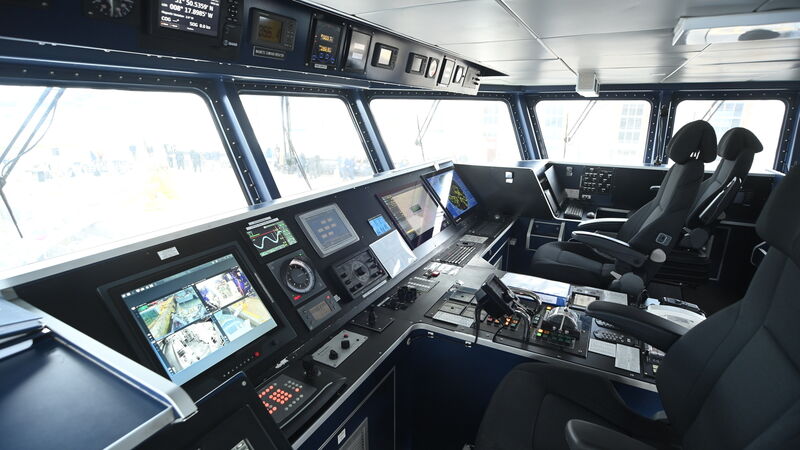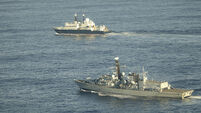Ireland to rely on foreign navies for undersea threat detection until 2027, says Tánaiste

Bridge of the vessel P71 Le Aoibhinn. Picture: Larry Cummins
Ireland will have to continue until at least July 2027 to rely on ‘friendly’ foreign navies to detect underwater threats off our coast from Russian spy ships and submarines.
Tánaiste and Minister for Defence Simon Harris has said he expects contract negotiations for the supply of advanced sonar technology to conclude in the coming months. However, the first sonar system is not expected to be delivered until July 2027.












